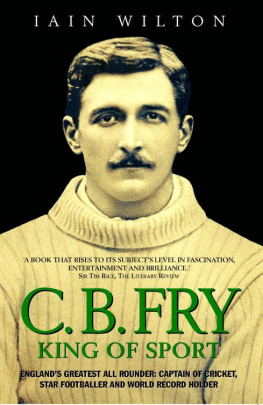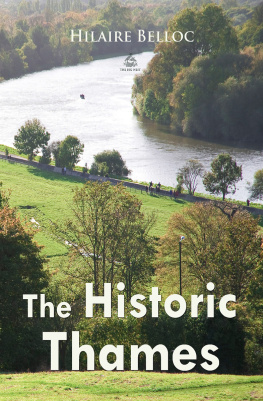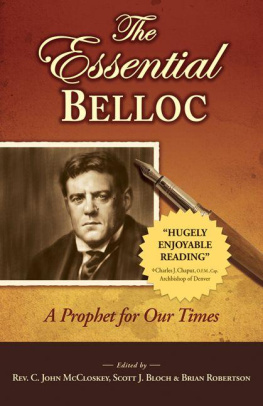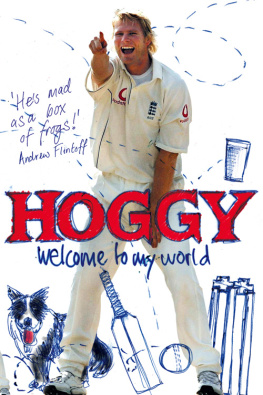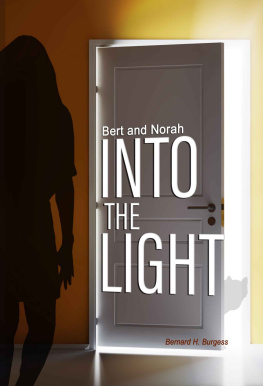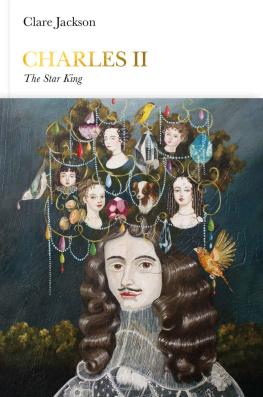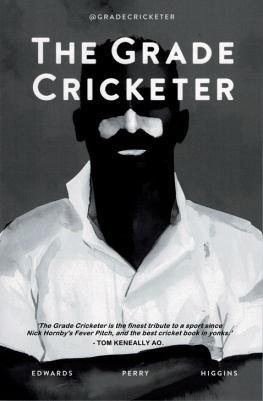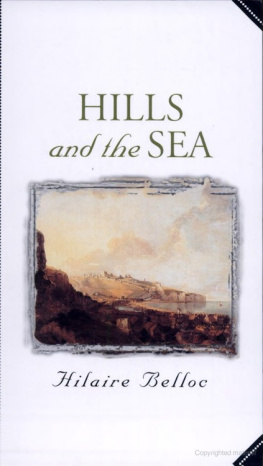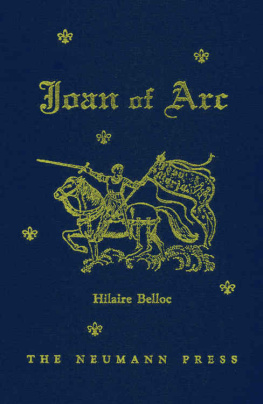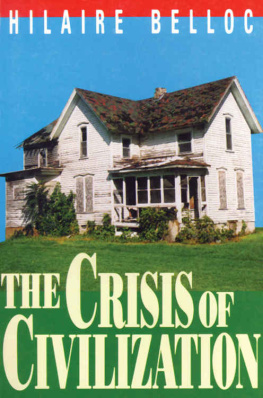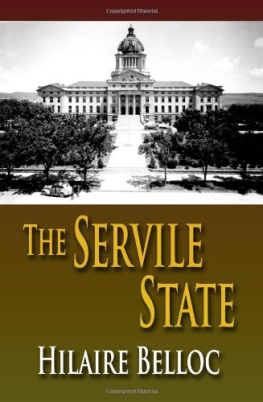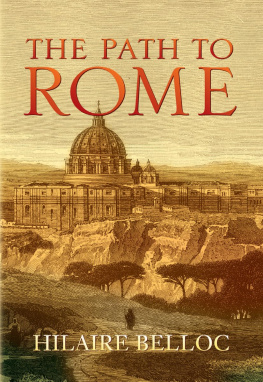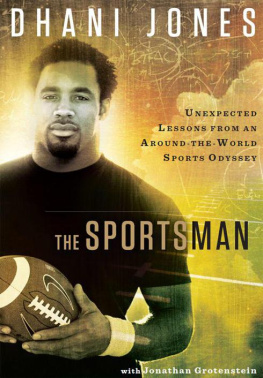Cheltonias children cry.
And they had C.B. Fry
F irst and foremost, I would like to thank members of the Fry family for giving me so much of their time and providing me with such open access to their photographs and papers. I am conscious that no previous writer had received such generous assistance from C.B.s descendants and I feel particularly fortunate to have had all my questions answered so fully, promptly and courteously. I could not have hoped for greater cooperation. In particular, I am grateful to the late Mrs Yvonne Fry, C.B.s daughter-in-law, for letting me interview her, at some length, on two occasions. She provided me with a unique insight into C.B., his wife and their relationship, and her assistance proved invaluable to the writing of this book.
Many other people played a part in turning this project from a labour of love into a book of substance. Singling out certain individuals is an invidious task but it would be wrong if I did not acknowledge the exceptionally important contributions made by Rob Boddie, John Richardson and Jeremy Malies. As the honorary librarian at Sussex County Cricket Club, Rob supplied me with many helpful books and photographs but I also benefited from his constant interest, enthusiasm and good humour. A similar amount of assistance was provided by John Richardson: during his time as chairman of the Mercury Old Boys Association, he gave me a great deal of factual information about Frys 50-year association with the Mercury naval training school and all my queries were answered with admirable efficiency. I am also indebted to Jeremy Malies. While I was doing the research for this biography, Jeremy was writing a book of his own Sporting Doubles but he could not have been more generous with time, information and advice. It would be hard to come across a more knowledgeable or less selfish writer, and I am deeply grateful to him.
Unfortunately, the constraints of space prevent me from making more than a fleeting mention of the roles played by the many other people who have made this book possible.
From the Australian Cricket Board, Bob Parish and Malcolm Speed provided quick and accurate answers to a number of questions. The BBCs Colin Browne, Nick Clarke and Bob Shennan helped in a number of different ways and Mark Jones, an ex-BBC employee, ensured that I received a recording of the most comprehensive radio interview Fry ever undertook. The archivist at Charterhouse School, Sue Cole, supplied me with an invaluable extract from The Carthusian. From the Chatham Historic Dockyard, Derek Ottway answered a query about the main vessel at the Mercury. Alan Kucia, from the Churchill Archive Centre, responded swiftly to a question about Frys dealings with Winston Churchill. Ian Morrison, David Pagett and Philip Snow wrote to me with some important information after seeing a letter that I had sent to The Cricketer and I must thank the magazine for publishing it. J.R. Piggott examined the Dulwich College archives to check a point about C.B.s younger brother, Walter. Wendy Walker arranged for me to see a range of papers which the East Sussex Record Office is safeguarding on behalf of Sussex County Cricket Club. The Football Associations librarian, David Barber, gave me access to the F.A.s records and put his encyclopedic knowledge of the game at my disposal. Neil Jenkinson, the honorary historian of Hampshire C.C.C., provided me with some helpful information about Frys association with the Club, together with a number of extracts from a particularly rare book on the Triangular Tournament of 1912. At Lambeth Council, Richard Godfrey responded positively and rapidly to a request for information about the Fry familys former home in Streatham. Stephen Green, Glenys Williams and Michael Wolton allowed me to spend several weeks in the M.C.C. Library, scouring its impressive collection of books, Wisdens and contemporary cricket magazines for references to C.B.
As well as thanking John Richardson, the then chairman of the Mercury Old Boys Association, I would like to acknowledge the assistance that I have had from many other M.O.B.A. members. I was particularly fortunate to receive lengthy and revealing letters from E.W. Clayton, C.R. Halle, Richard Larn, Albert White and Trevor Whyatt. In addition, I must thank Ronald Morris and two honorary members of the Association, Violet Chandler and Belinda Heathcote, for talking to me, at great length, about their memories of Hamble, the Mercury and, above all, the Frys.
I am also indebted to Andy le Bas from the National Portrait Gallery for his helpful advice and constant interest. Catherine Campbell, from New Zealand Cricket, enabled me to contact members of the countrys 1954 womens cricket team, some of whom were coached, at Lords, by Fry. Guy Willatt responded to a request for information about C.B.s schooldays at Repton. Gary Chalk, the historian of Southampton F.C., supplied some important facts, figures and newspaper cuttings about Frys footballing career. Surrey C.C.C.s librarian, Jeff Hancock, provided me with several snippets about C.B.s surprisingly brief spell with the Club. My understanding of Frys four years at Oxford University was greatly improved by a day that I spent at Wadham College, courtesy of C.S.L. Davies. Moreover, Peter Placito sent me a number of articles that he had written about Frys time at Wadham and his deep affection, in later life, for his old College. Through the Womens Cricket Association I received some useful information from Hazel Gillyon and Netta Rheinberg.
A large number of former cricketers responded to letters which asked them about their encounters with C.B. They included Lord Cowdrey, Joy Dynes, Neil Harvey, S.J.E. Loxton, Robin Marlar and Lord Sheppard. Veronica Trueman answered, most helpfully, on Freds behalf.
The cricket-writers Brian Glanville, E.W. Swanton, Simon Wilde and John Woodcock were equally helpful. Moreover, at the beginning of this project, I was fortunate to receive some important insights from the former BBC cricket presenter Peter West, whose own broadcasting career was kick-started by Fry.
The historians Lord Briggs, Sir Martin Gilbert and Philip Ziegler gave me useful guidance and drew my attention to some additional sources of information.
From the world of politics, I am grateful to Lord Archer, Lord Brooke and Lord Pendry, and the MPs Tony Banks, Peter Bottomley, Nick Hawkins and Keith Hill.
I would also like to acknowledge the assistance that I received from, amongst others: Philip Bailey, Ralph Barker, Andrew Barnes, Sally Brock, John Brown, Jonathan Caine, Dr Alan Campbell, Michael Crabbe, Peter Day, Tim Forrester, Stephen Fry, Chris Guyver, Richard Houghton, George Hudd, Brian Hughes, Ken Jacobs, Lillian Lang, Julie Millard, Douglas Miller, Brian Nolan, Michael Parkinson, Sue Penfold, Clive Porter, Andrew Renshaw, Anna Saverimuttu, Dr Peter Toghill, Ron Wallingford, Dr J.M. Walshe, Auberon Waugh, Bernard Whimpress, Dr Tom Winnifrith and Dr C.M. Woolgar, plus the staff of the British Library, Meopham Library and the Newspaper Library (at Colindale). Moreover, I am grateful to Frys previous biographer, Clive Ellis, for sparing the time to meet me.
For permission to rummage through their cricket collections and use many of their wonderful photographs I am indebted to David Frith, Charles and Jonathan Fry, Roger and Jenny Mann, Nicholas Sharp, Sussex C.C.C. and the M.C.C.
In addition, I would like to express my gratitude to B.T. Batsford Ltd, Chambers Harrap Publishers Ltd, Constable Publishers, HarperCollins Publishers, Hodder and Stoughton Publishers, J.M. Dent, John Murray (Publishers) Ltd, John Wisden and Company Ltd, Little, Brown and Company, Palgrave and Weidenfeld and Nicolson for giving me permission to quote from

